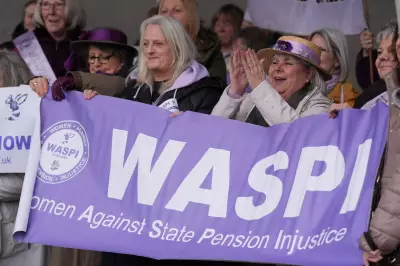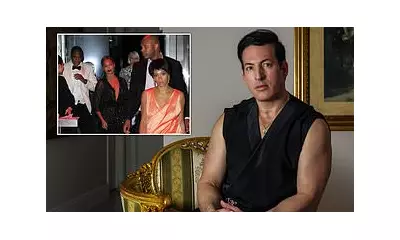
Westminster corridors are buzzing with speculation as a covert race to replace Angela Rayner as Labour's deputy leader gains momentum behind the scenes. Senior party figures are quietly positioning themselves for what could become the most significant internal power struggle since Keir Starmer took leadership.
The Gathering Storm
Multiple Labour MPs have confirmed to sources that challengers are testing the waters, gauging support among colleagues while maintaining public unity. The tension follows months of internal disagreements over party direction and Rayner's increasingly independent political stance.
"The gloves are coming off," revealed one senior Labour insider. "Several frontbenchers believe the deputy leader position is vulnerable following recent policy clashes with Starmer's office."
Potential Challengers Emerge
While no official declarations have been made, several names consistently surface in private discussions among Labour MPs:
- Shadow Cabinet members with strong union backing
- Rising stars from the party's centrist wing
- Regional representatives seeking greater influence
- Former leadership contenders watching for opportunities
Timing and Tactics
Insiders suggest the challenge could materialise before the next general election, with plotters calculating that a leadership review might provide the perfect opportunity. However, the operation remains delicate, with potential candidates wary of appearing disloyal while Labour maintains strong polling leads.
"Nobody wants to rock the boat unnecessarily," explained a Labour MP. "But there's a growing sense that the current deputy leadership isn't delivering the political unity the party needs heading into an election campaign."
Rayner's Defence Strategy
The current deputy leader isn't taking the threat lightly. Allies confirm Rayner has been strengthening her position through:
- Consolidating support among trade unions
- Increasing her visibility in key marginal constituencies
- Building alliances with influential backbenchers
- Demonstrating loyalty to Starmer while maintaining her distinctive voice
The coming months will prove crucial in determining whether this behind-the-scenes manoeuvring transforms into an open contest that could reshape Labour's leadership structure at the most critical political moment.





